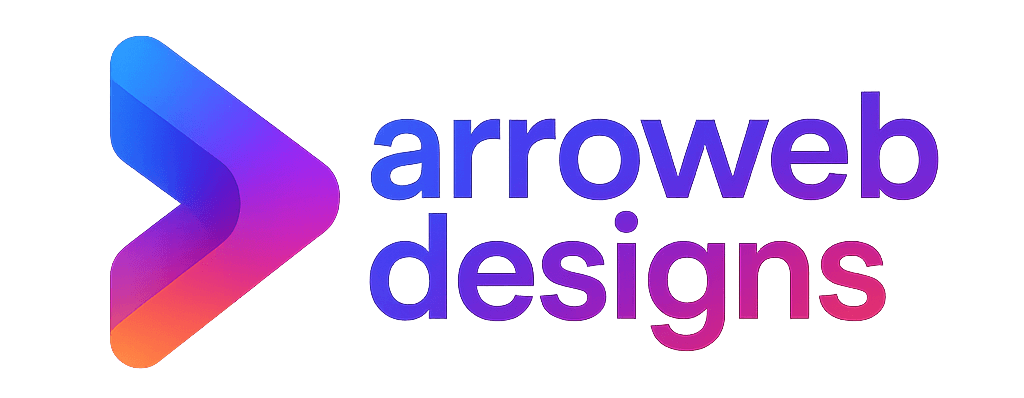In today’s fast-paced digital world, your website’s speed can make or break your business. Imagine a potential customer landing on your site, only to be met with slow loading pages — chances are, they’ll leave within seconds. In fact, a delay of even one second can cause a significant drop in conversion rates, user satisfaction, and ultimately, your revenue.
In this blog, we’ll explore the importance of website speed, how it directly impacts your conversion rate, and what you can do to optimize it effectively.
🚀 Why Website Speed Matters
Website speed refers to how fast your content loads when a user lands on your site. Speed isn’t just about user experience — it’s a critical ranking factor for Google and a major driver of conversions.
- 53% of mobile users leave a site if it takes longer than 3 seconds to load (Google).
- Faster websites have higher engagement, lower bounce rates, and more completed goals (like purchases, signups, or downloads).
- Speed builds trust. Users associate fast sites with professionalism and reliability.
📈 How Slow Speed Hurts Your Conversion Rate
Every second counts. Here’s how a slow-loading site affects your conversion performance:
1. Increased Bounce Rate
Visitors don’t like waiting. If your page takes too long to load, they’ll exit and turn to a competitor.
2. Poor User Experience
A sluggish site frustrates users. Even if your product is great, they won’t stay to see it.
3. Negative SEO Impact
Google considers site speed in its ranking algorithm. A slow site may drop in search results, reducing organic traffic and conversions.
4. Cart Abandonment in E-commerce
Page delays during checkout lead to users abandoning their carts. This is a huge revenue loss for online stores.
🧪 Case Studies & Statistics
- Amazon found that 100ms of delay (0.1 seconds) caused a 1% drop in sales.
- Walmart saw a 2% increase in conversions for every 1 second improvement in page load time.
- BBC discovered they lost 10% of users for every extra second their site took to load.
⚙️ How to Optimize Your Website Speed
Want to improve your speed and boost conversions? Start here:
✅ 1. Optimize Images
Compress and resize images without sacrificing quality. Tools: TinyPNG, ImageOptim.
✅ 2. Minimize HTTP Requests
Reduce the number of elements on a page (scripts, images, stylesheets).
✅ 3. Use Browser Caching
Save parts of your site in a visitor’s browser so it loads faster next time.
✅ 4. Enable Gzip Compression
Compress your files to reduce their size and speed up loading time.
✅ 5. Use a Content Delivery Network (CDN)
CDNs distribute your content globally, reducing latency.
✅ 6. Minify CSS, JavaScript & HTML
Remove unnecessary code and whitespace to make files lighter.
✅ 7. Upgrade to Better Hosting
Choose a hosting provider known for speed and reliability.
💡 Bonus Tips for Mobile Optimization
Since most traffic now comes from mobile devices:
- Use responsive design
- Optimize mobile load speed separately
- Prioritize above-the-fold content
🏆 Final Thoughts
Speed is no longer just a luxury — it’s a necessity. Website speed optimization directly influences your conversion rate, and a few technical tweaks can lead to significant revenue growth.
Whether you’re running an e-commerce store, a business website, or a lead generation page — improving your website speed can give you a competitive edge, keep users engaged, and increase your sales.
🔧 Need Help Optimizing Your Website?
At Arroweb Designs, we specialize in building fast, responsive, and high-converting websites. Let us help you turn visitors into paying customers with smart speed optimization techniques.
📞 Contact us at 9580022170 or ✉️ kaushlendra7317@gmail.com
🌐 Visit us at arrowebdesigns.com

